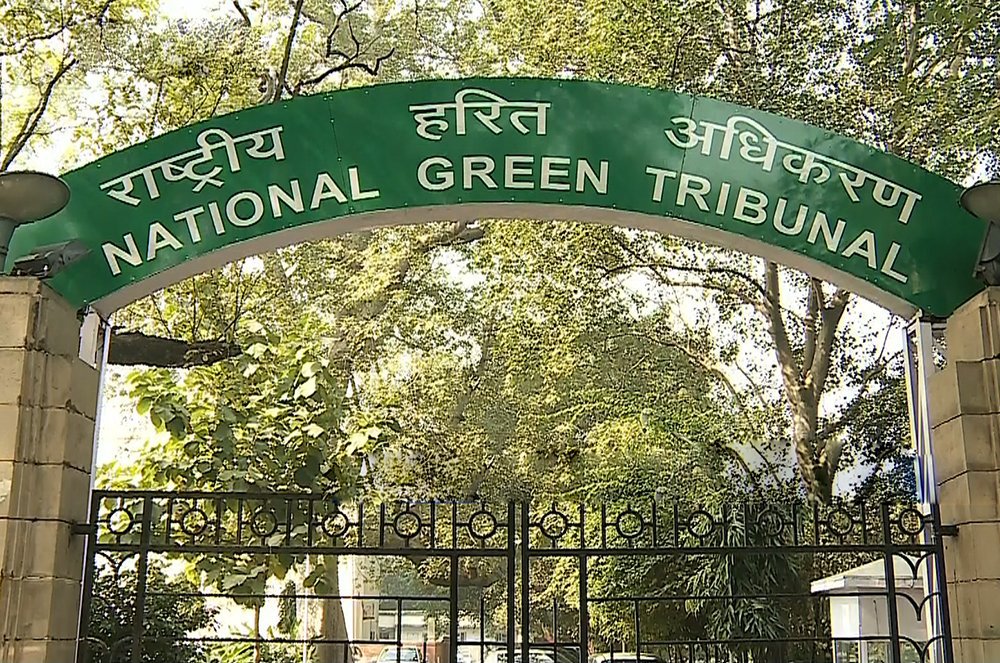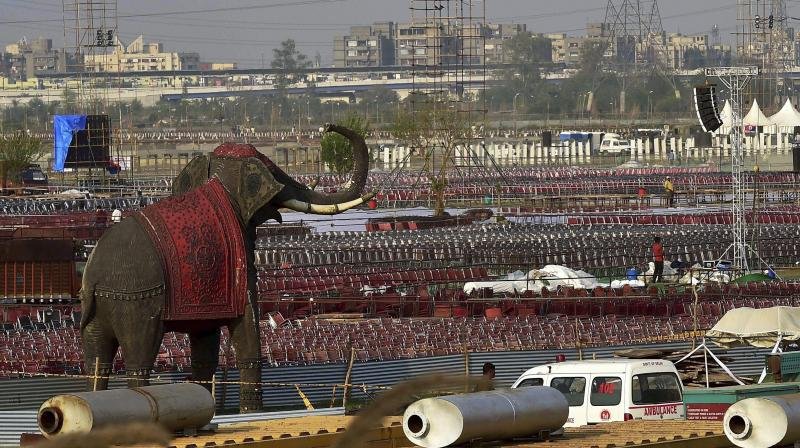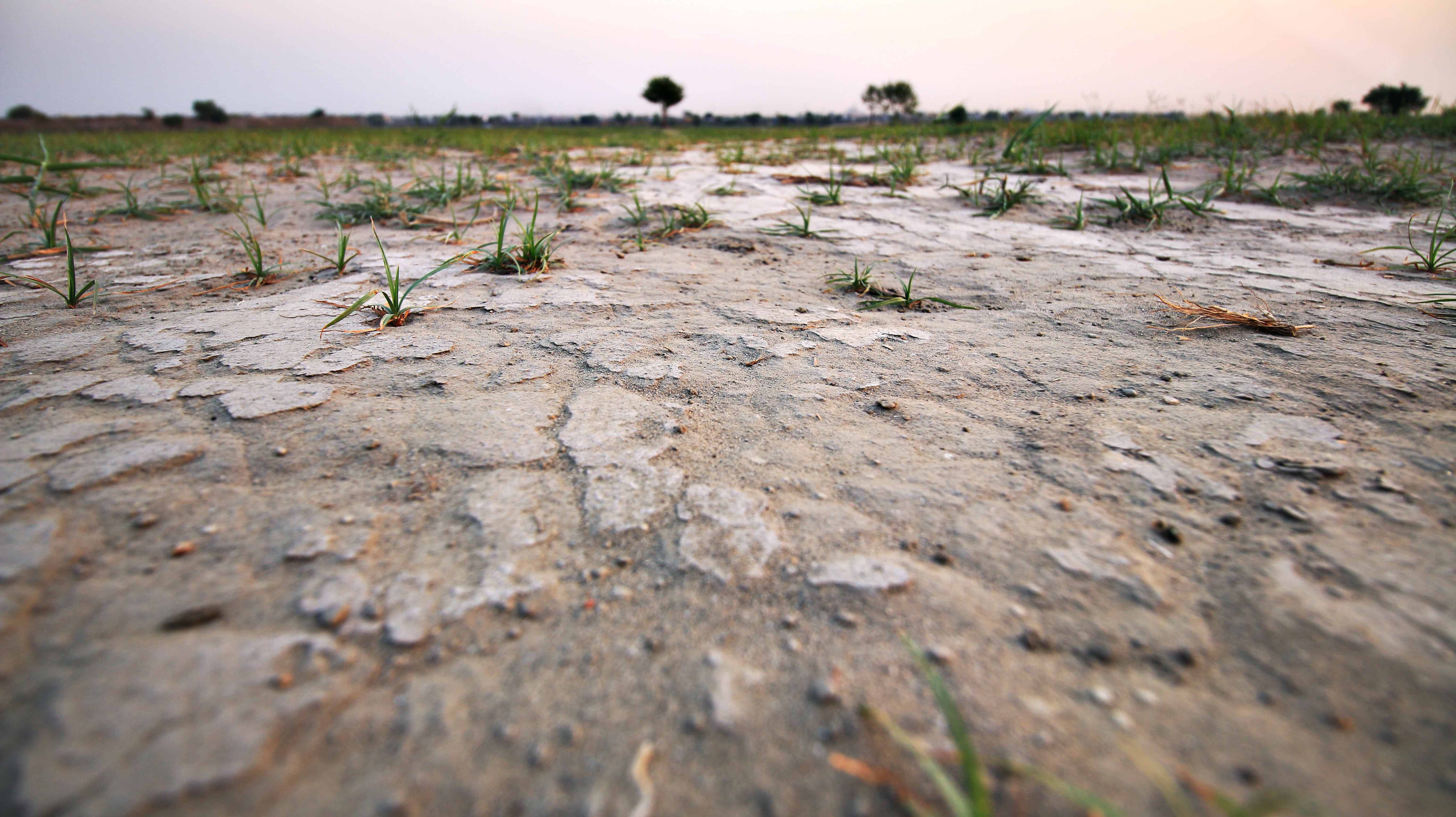Restoration of Yamuna floodplains, ravaged due to a cultural extravaganza organised by Sri Sri Ravi Shankar’s Art of Living (AOL) last year, would cost Rs 42.02 crore besides additional ancillary expenses, an expert committee has told the National Green Tribunal.
The expert panel has suggested that there would be two components of rehabilitation plan — physical and biological– and they would cost Rs 28.73 crore and Rs 13.29 crore respectively.

Elaborating the timeline and the mechanism to be undertaken to ensure revival of the riverbed, the seven-member panel said the physical component should be taken up immediately and completed in two years’ time while the biological aspect should be initiated simultaneously which would take 10 years.
Besides the two components, the rehabilitation of the floodplain would also require funds to meet the expenses of a team of experts for next 10 years along with the cost of transportation of material outside the riverbed, the committee said.
These estimates are approximate and need to be strengthened through commissioning of Detailed Project Report. The apportionment of ecological rehabilitation cost may be made between AOL and other agencies by NGT, it said.

Implementation of the Action plan requires extensive monitoring for which the NGT may consider creating an appropriate body/team of experts, the panel headed by Shashi Shekhar, Secretary of Ministry of Water Resources, said in its 31-page report.
In its recommendations to the NGT, the expert committee said that major restoration work has to be carried out to compensate for the damage to Yamuna floodplains. Advocate Kush Sharma, who represents Delhi Development Authority, refused to comment on the findings in the report and said they were going through the contents.
AOL alleged that the findings of the panel are “biased”
Reacting to the report, the AOL foundation alleged that the findings of the panel are “biased”. “The Art of Living is a responsible and environment- sensitive NGO. We have never caused any damage to the environment but have in fact worked for preserving and reviving it through various environment-related projects over the years. Our legal team will study the report and decide on the appropriate future course of action,” AOL said in a release.
‘World Culture Festival’
The green body had last year allowed AOL to hold three- day ‘World Culture Festival’ on the Yamuna flood plains while expressing its helplessness in banning the event because of “fait accompli”.

It, however, had imposed Rs five crore as interim environment compensation on the foundation for the event’s impact on the environment after Yamuna activist Manoj Mishra alleged that AOL was violating NGT orders.
Initially, a four member-committee had recommended that AOL Foundation should pay Rs 100-120 crore as restoration cost for “extensive and severe damage” to the floodplains of Yamuna river.
‘Completely destroyed’ the riverbed
Later, a seven-member expert committee had told NGT that the extravaganza organised on Yamuna has “completely destroyed” the riverbed. The committee had observed that entire floodplain area used for the main event site between DND flyover and the Barapulla drain (on the right bank of river Yamuna) has been completely destroyed, not simply damaged.

“The ground is now totally levelled, compacted and hardened and is totally devoid of water bodies or depressions and almost completely devoid of any vegetation. The area where the grand stage was erected (and the area immediately behind it) is heavily consolidated – most likely with a different kind of external material used to level the ground and compress it. Huge amount of earth and debris have been dumped to construct the ramps for access from the DND flyover and from the two pontoon bridges across the Barapulla drain,” the expert committee had said.
The committee, in its 47-page report, has said that due to the three-day event, the floodplain has lost “almost all its natural vegetation” like trees, shrubs, tall grasses, aquatic vegetation including water hyacinth which provides habitat to large number of animals, insects and mud-dwelling organisms.

















